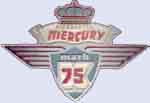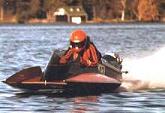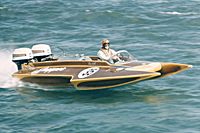I've been asking and trying stuff to degum stuck castor resin for 2 years with no satisfactory results. Maybe someone here will have a good suggestion. I tried all kinds of penetrating oils and solvents and most did absolutely nothing. So far I have had the best (but not very good) results with acetone, but be careful, acetone reacts with copper. Anything with copper in its alloy will turn green.
We need to find out what the "active solvents" would be for castor resin. So far the most likely candidate I've found is heat. The research I've done basically says most castor resins go soft below 70º C ..... gotta get out my conversion chart, but at least we know it is less than 212ºF (100ºC). For destroying surface castor resin it looks like strong UV light may be the best candidate.


 Thanks:
Thanks:  Likes:
Likes: 




 Reply With Quote
Reply With Quote






Bookmarks